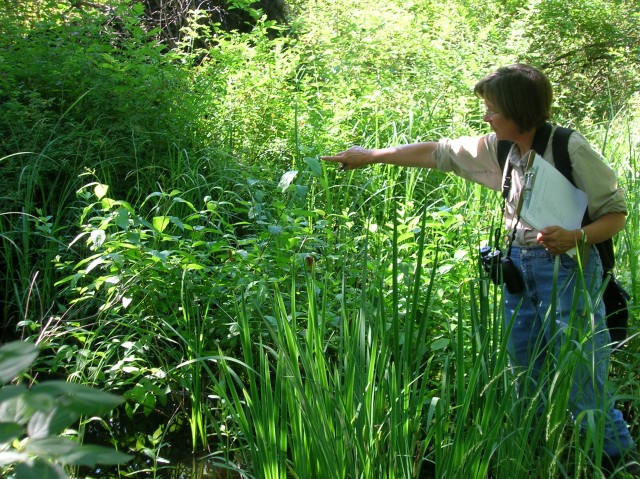bioreserve
BIORESERVES, also known as BIOSPHERE reserves, are an internationally recognized type of conservation reserve. In 1970, the 16th General Conference of UNESCO (part of the United Nations), acting on the recommendations of the conference, launched the long-term intergovernmental and interdisciplinary program known as Man and the Biosphere (MAB). Crucial for the program was a project for the conservation of natural areas and of the genetic material they contain, which included the development of a coordinated worldwide network of protected areas, linked by international understanding on purposes, and standards, and exchange of scientific information.
These include biosphere reserves that contained representative land and coastal areas of each of the major or otherwise relevant ECOSYSTEMS within a nation’s boundaries. The biospheres could be used as basic logistical resources for research, as areas for education and training, and as essential components for the study of many projects under the overall program, including a role of benchmarks or standards for measurement of long-term changes in the biosphere as a whole.

In the design of criteria for the identification of biosphere reserves, special attention was paid to the embodiment of ecological and genetic principles of nature conservation, and thus the shape and size of reserves were considered important. In addition, criteria were determined for establishing a network of baseline monitoring stations in representative undisturbed biome areas throughout the world to serve as benchmarks or standards for assessing change. Unlike many other forms of conservation reserve, biosphere reserves are intended to not only include natural ecosystems within national parks and wilderness areas but also seminatural systems, including, for instance, those maintained by long-established land-use practice. Each biosphere reserve should include one or more of the following categories: representative examples of natural biomes; unique communities or areas with unusual natural features of exceptional interest; examples of harmonious landscapes resulting from traditional patterns of land use; and examples of modified or degraded ecosystems capable of being restored to more natural conditions. Each biosphere reserve should be large enough to be an effective conservation unit with long-term legal protection and to accommodate different uses without conflict. In some cases biosphere reserves coincide with or incorporate existing or proposed protected areas, such as national parks, sanctuaries, or nature reserves.
Biosphere reserves are divided in up to four management zones:
- A natural or core zone managed for minimum human interference, to serve as a baseline for the biological region and in which research, educational and training activities are carefully controlled and must be nonmanipulative.
- A manipulative or buffer zone managed for research, education, and training activities, where manipulative methods and techniques are permitted. Traditional activities including timber production, hunting, fishing, and grazing, are permitted in a controlled manner.
- A reclamation or restoration zone managed to study and reclaim lands and natural resources where heavy natural or human-caused alteration have passed ecological thresholds, where biological processes have been interrupted, or where species have become locally extinct.
- A stable cultural zone managed to protect and study ongoing cultures and land use practices that are in harmony with the environment, including traditional land-use practices of indigenous peoples. In this zone local residents and their activities continue, but new technologies may be strictly controlled in order to minimize unwanted impacts.
Where it is not possible to have all the elements of the biosphere reserve in close contact with one another, a cluster arrangement of the components is permissible. However, it is still vital that other essential criteria are met, including adequate legal control, manageability and buffering of the core area. The concept of a core area is adapted to protect marine elements within a coastal biosphere reserve. A marine buffer zone can be established to help preserve marine core areas, as in the case of the zoning plan for the GREAT BARRIER REEF biosphere reserve in AUSTRALIA. Many biosphere reserves have been declared; nominations are approved by the International Coordinating Council of MAB.